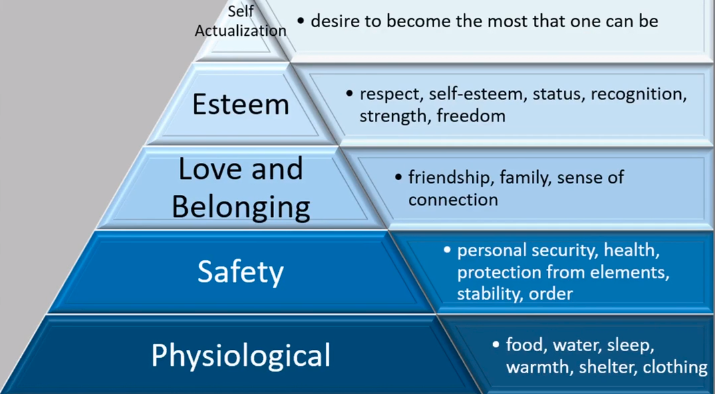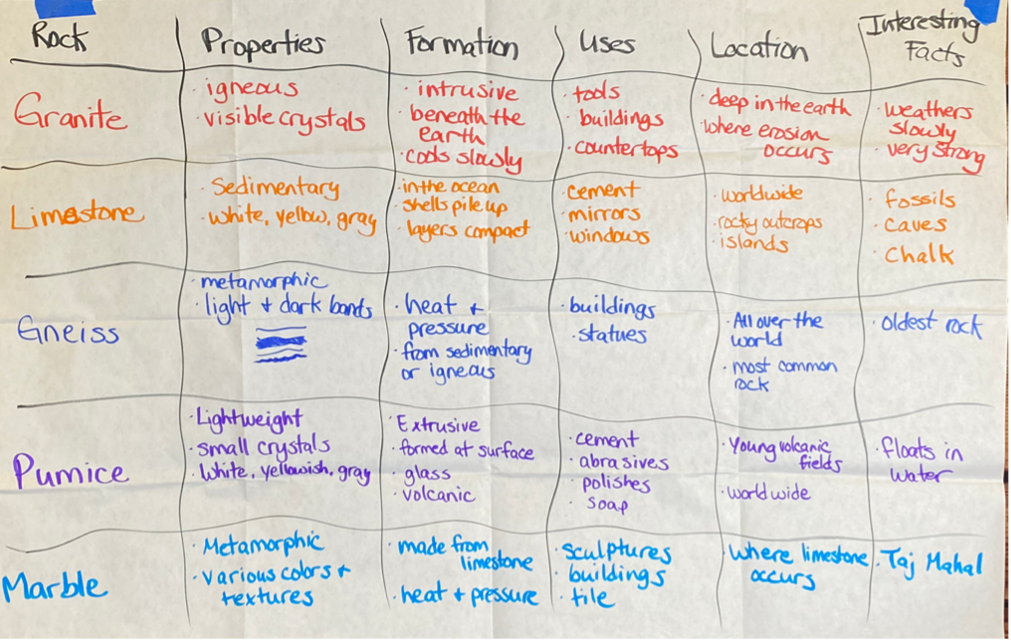How do you motivate students who don't want to engage?

Have you ever felt completely unmotivated? We’ve all been there. And so have our students.
All teachers struggle from time to time with engaging unmotivated students. It begs the question, why aren’t they engaged? At the most basic level, student need to have their physical and psychological needs met in order to learn. You may be familiar with the phrase, “Maslow before Bloom”. Students who are tired, hungry, lonely, scared, frustrated… face an invisible barrier to engage fully in the learning process.
Today, we’re focusing on meeting students’ needs in one of these areas: love and belonging.

“Feeling personally accepted, respected, included, and supported in the school environment makes students feel they belong to a school (Taylor & Sobel, 2011). Students who lack a sense of belonging are often unmotivated and non-participative.” (OCDE Project GLAD Learning Guide, 2015)
How to enhance a sense of belonging in the classroom
Those of you who were trained by us in Project GLAD® have heard us say, “Trust the strategies!”
It’s our go-to answer for questions ranging from motivation to management, learning style to language. Project GLAD® strategies have been developed and field tested over several decades, and they work.
Take the Process Grid strategy, for example. The Process Grid teaches content and language while increasing motivation through a lively game format with cooperative groups that foster a sense of belonging.
OCDE Project GLAD® Process Grid
Belonging comes from an authentic feeling of being needed and valued within a group of people. It’s not just a nice phrase we talk about alongside the Process Grid. It’s a reality! The Process Grid is built on strategies that foster a sense of belonging such as having students in home teams of 3-4, using numbered heads, heads together, and the TGraph for Social Skills. But that’s not all. The method in which we take students through the Process Grid further cultivates a sense of belonging.

The Process Grid strategy has a two-fold purpose.
- First, it is a teacher planning tool. When writing new units, we start by creating a Process Grid. This graphic organizer encompasses all the content we will teach throughout that unit.
The categories across the top come from our standards. What do students need to know about this content? The topics down the side are teacher-chosen – what topics would be motivating for students? The topic in the first row will be taught to the whole class via the Pictorial Input chart. The topics in the remaining 4 rows will be taught to small groups via Expert Groups.
2. Second, the Process Grid teaches students to categorize and classify information while providing practice with academic language.
At about week 3 or 4 of a unit we engage students in the Process Grid Game!
During the Process Grid Game teams of 4 students work together to provide facts that will be added to the class grid. It’s done through a game-show style activity. Visualize Family Feud where the contestants huddle together in a family group trying to come up with possible answers for the 5 blank fields on the board.
Now visualize the family huddled together, but with notes to look at and family members who have been in small groups with the game show host and have already learned the answers. They just need to teach the answers to the rest of the family so everyone is ready when they are called. Each family member is the expert the rest of the family needs to access the winning answers to various questions during the game. That’s the Process Grid game!
During the Process Grid, each student team member is given the scaffolds needed to share their acquired expertise with the rest of their team. And when it’s time to share out those answers, the team members all have the support of one another to ensure their success. It’s fast, it’s fun, it’s motivating and yes, it creates an authentic experience of belonging for each person in your class.
This month, we invite you to take advantage of the Process Grid strategy to cultivate belonging and raising the motivation level of ALL your students. To see the Process Grid in action, join us in the Path to Proficiency or login to your Acceleration 201 course.
Thanks for reading,
Jody and Sara



